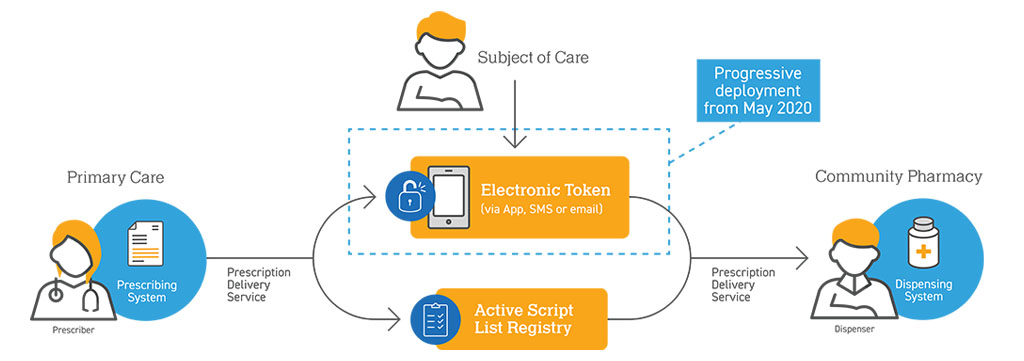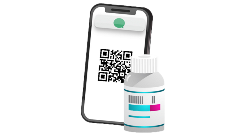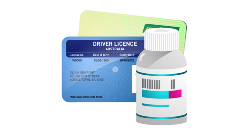One of the National Digital Health Strategy strategic priorities is ‘better availability and access to prescriptions and medicines information’ which includes ‘a patient’s ability to request their medications online, and all prescribers and pharmacists to have access to electronic prescribing and dispensing, improving the safety of our systems’.
Fast tracked as part of the COVID-19 Health Plan, electronic prescriptions will be available in Australia from August 2020.
‘Introduction to Electronic Prescriptions by eRx Script Exchange’
Key Information
- A paper prescription will continue to be available. It will be the patient’s choice to have an electronic prescription.
- There are several software upgrades and software connections required to have this working so the prescription can flow electronically from the doctor to the pharmacy. Contact your software vendor for further information.
- There will be a phased roll out and not all prescribing and dispensing software vendors will be ready at the same time so it’s important to know not only when you are ready but when your local pharmacies are also ready.
- Once the practice is connected and able to produce an ePrescription, the doctor should only produce an ePrescription when there is a pharmacy available to dispense the ePrescription.
- The COVID-19 interim arrangement for telehealth prescriptions (image-based) will cease on 30 September 2020. Members will need to transition to producing an ePrescription.
What is an electronic prescription?
Doctors have been able to send prescriptions electronically for the last 10 years but the piece of paper remained the legal document.
Changes to Commonwealth legislation on 31 October 2019 recognised an electronic prescription as an alternative legal form by which medicines can be supplied under the Pharmaceutical Benefits Scheme (PBS).
States and territories are also changing their relevant legislation to recognise an electronic prescription as a legal form to allow the supply of medicines. Members should seek guidance from their state health departments.
Electronic prescriptions can only be dispensed in an ‘ePrescribing enabled’ pharmacy irrespective of which authorised prescriber issued the prescription and which state or territory it was issued in (subject to regulatory constraints).
The electronic prescription will not be able to be altered between the time of generation and dispensing, and the view of the prescription in both the prescribing and dispensing systems will be consistent.
The prescriber will issue the patient with a unique prescription access code that identifies the individual prescription and patient to assure dispensing pharmacists and patients of the provenance of the electronic prescription.
How is the ePrescription transmitted?

The electronic prescription is transmitted from the doctor’s prescribing system to the prescription exchange service (eRx or MediSecure) in an encrypted format. Once the legal prescription is in the exchange the patient controls which pharmacy can access it in one of two ways. The first option is for the patient to receive a ‘token’ for their prescription and the second option is for the patient to consent to an ‘Active Script List’.

The Token Model
If the patient elects to have an electronic prescription using the token model, a token is sent either by SMS, in an email or printed for each medication prescribed.
Once in possession of their token(s), the patient can then either provide this directly to a pharmacy of their choice or use a medication management app for this purpose.
The token provides a QR Code and is used by the dispensing pharmacy to access the electronic legal document for dispensing. In a similar way to a paper prescription, following the dispensing at a pharmacy a new token will be sent using the same method as the original ePrescription for any repeats. The Patient will need to keep the tokens until ready for the repeat to be filled.

The Active Script List
Available later in 2020, there will be an option for the pharmacy to have a list of the patient's active prescriptions in their software, so the patient doesn't have to manage tokens and forwarding them on for dispensing.
Patients will sign up to the active script list service (e.g. MySL ). To get their medicines they will need to prove their identity to the pharmacist and provide consent for the pharmacist to view their prescriptions. The Active Script List will be a better solution for patients taking multiple medications.
Factsheets
- Australian Digital Health Agency Prescriber Factsheet
- FAQ for Doctors
Education
The Australian Digital Health Agency learning course, available free at training.digitalhealth.gov.au includes:
- Introducing electronic prescriptions
- Using electronic prescriptions
- Preparing for electronic prescriptions

